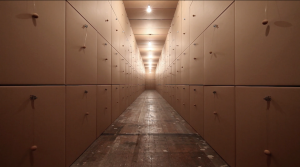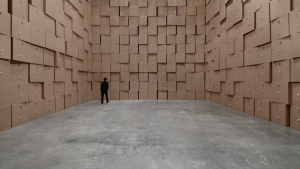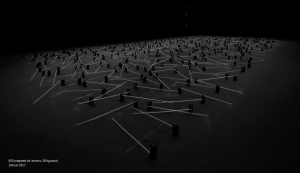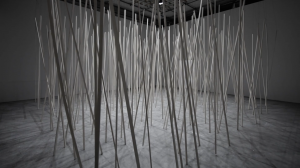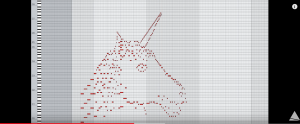This week I am doing my Looking Outwards on a technologist, hacker, DJ, and composer Martin Backes. He is based in Berlin, Germany.
This piece is called I am Sitting in a Machine; it is a custom-made computer algorithmic work that begins with a recording of an artificial human voice that recites the text given in the video. The voice is then run through an MP3 encoder multiple times to distort the voice by revealing the data format. It’s interesting how this work strips away the more “human” parts of the speaking voice to create the automated voice and the screeching sound towards the later parts.
![[OLD FALL 2017] 15-104 • Introduction to Computing for Creative Practice](../../../../wp-content/uploads/2020/08/stop-banner.png)

